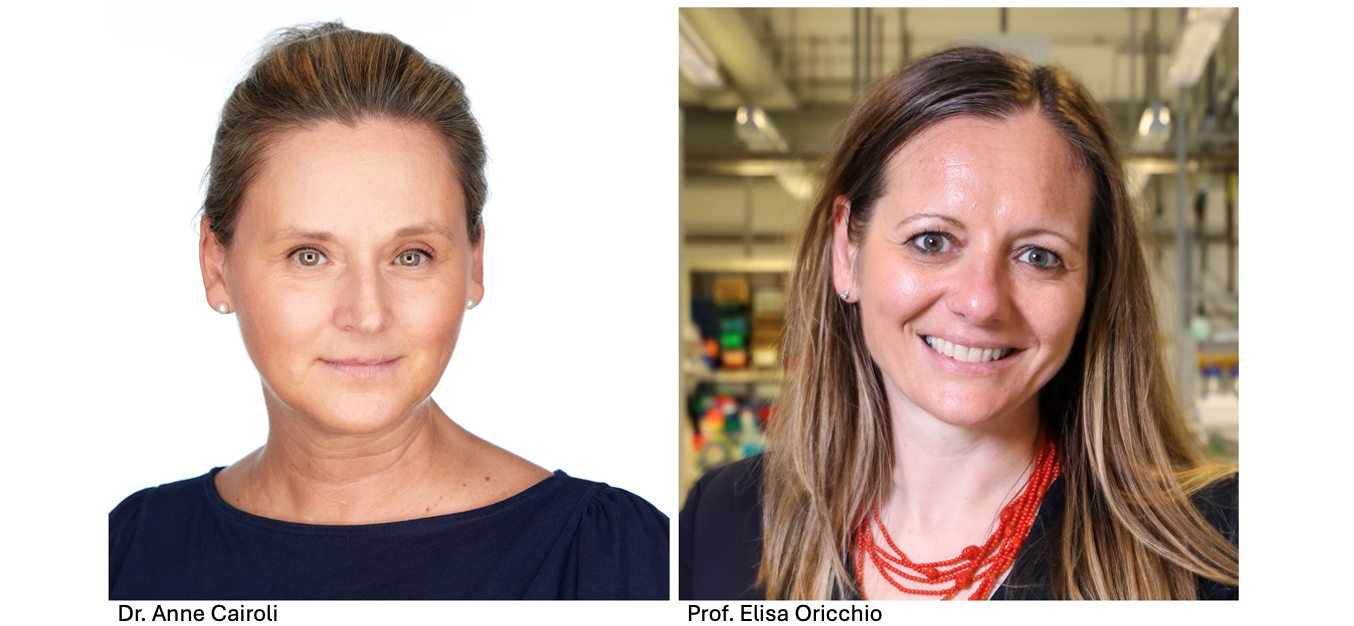Lymphatic cancer organoids – Prof. Elisa Oricchio (EPFL) and Dr. Anne Cairoli (CHUV)
Using tissue derived from the patient to predict effectiveness of different treatments to find the best one for each patient

The use of molecular and genetic approaches to personalize medical treatments is well on its way to transform cancer therapy. This is because personalized medicine can generate customized therapies and avoid the use of ineffective, and often debilitating, molecules. Currently, cancer treatment is based on tumor stage, mutation profile, and clinical history, while crucial factors such as the tumor heterogeneity and its microenvironment are rarely taken into account. These latter factors, however, are often the most variable and can influence therapy response. Thus, there is an urgent need to incorporate patient-specific data into decisions on the choice of treatment.
This project aims to develop an automated culture system of patient-derived tumor explants. These tumor avatars are unique to individual patients and provide a platform to test sensitivity of each tumour to various treatments. This information could be used to anticipate clinical response, and therefore could guide the hemato-oncologist in selecting the most effective molecule for each patient. In this project the team works with patients affected by non-Hodgkin lymphoma, a group of cancers originating from mature lymphocytes (type of white blood cell).
The team has a number of promising preliminary results. First, the basic research team has developed a method to culture small fragments of the tumor tissue taken from the patient in such a way that key features of the tissue including the cellular composition and architecture are preserved. These fragments, called lymphomoids, can subsequently be used to test the sensitivity to various therapies. Ultimately, the goal is to optimize the lymphomoid technology as a clinical tool to find the most suitable treatment for each lymphoma patient. The team will use cutting-edge image analysis of spatial features to understand the effect of the treatment on both the lymphoma and the neighbouring cells forming the tumor microenvironment. In addition to better tailoring existing treatment to specific patients, this technology can also be used to discover novel therapies.
Ineffective therapies are associated with potential toxicities and ultimately lead to the emergence of resistant diseases that are more difficult to treat. Therefore, implementing a technology that could directly identify these inefficient treatments in routine clinical practice would be groundbreaking and could significantly improve patients’ prognosis and their quality of life.

